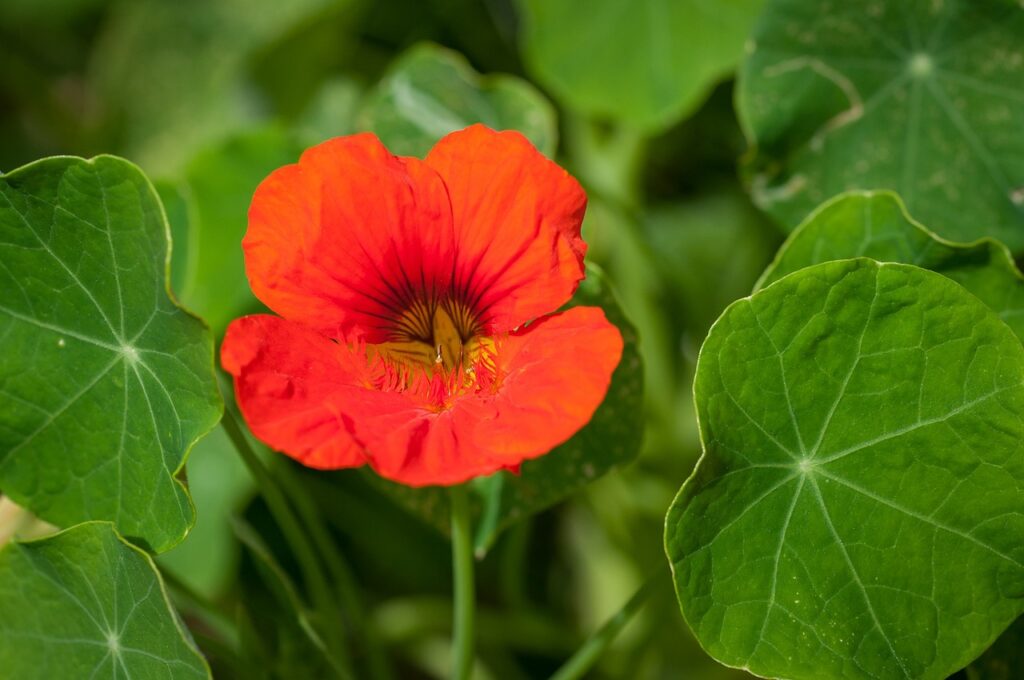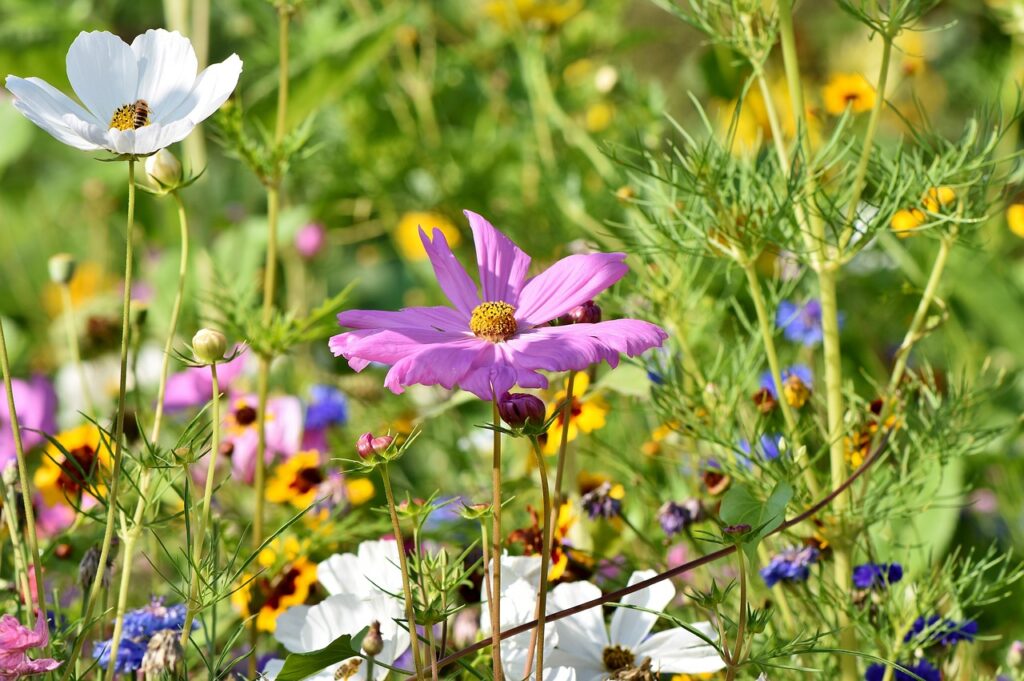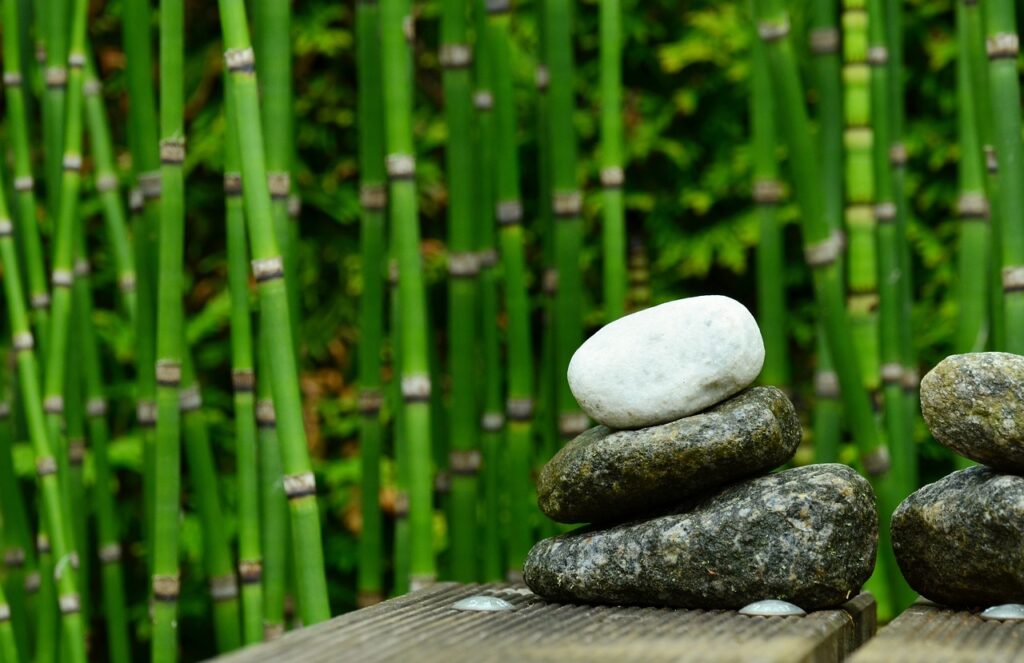Air plants, or Tillandsia, are unique botanical wonders celebrated for their low-maintenance nature and versatile beauty. They thrive without soil, deriving moisture and nutrients from the air around them. Among the various species, those that bloom are particularly captivating, offering vibrant colors and striking shapes that captivate plant enthusiasts and casual gardeners alike. This blog will explore the world of blooming air plants, focusing on caring for them in colder climates, managing pests, and tips for fostering their growth.
Understanding Air Plants
Before diving into care guides and challenges, let’s unravel the mystery behind air plants. Native to tropical and subtropical regions, these plants have adapted to their unique environments by developing specialized structures called trichomes. These small hairs absorb water and nutrients, making them highly efficient at thriving in less-than-ideal circumstances.

Blooming air plants often produce stunning flowers that can bring a pop of color into your indoor spaces, even during the grayest winter months. For indoor gardening enthusiasts, air plants offer a means to enjoy their passion even when outdoor options are limited.
Indoor Air Plants for Colder Climates
In colder climates, where winters can stretch for months, choosing the right indoor air plants can keep your space vibrant. Here are some popular species that blossom beautifully even in chilly surroundings:
1.Tillandsia ionantha: Known for its compact size and stunning red flowers, this plant is a favorite among indoor gardeners. It requires minimal care and thrives in bright, indirect light.
2.Tillandsia xerographica: This dramatic species can grow large and presents silver-green leaves that curl elegantly. It blooms with pinkish-purple flowers and can tolerate lower humidity levels common in winter homes.
3.Tillandsia caput-medusae: With its unique, curling leaves resembling Medusa’s hair, this air plant is a conversation starter. It produces beautiful pink flowers, thriving in households despite the cold.
4.Tillandsia bulbosa: This distinctive plant has bulb-like bases and can produce vibrant blooms, adding a charming aesthetic touch to indoor gardens. It prefers bright light and good air circulation.
When selecting air plants for your indoor spaces, ensure you consider their lighting and humidity requirements. While these plants can handle the winter chill, indoor heating can dry the air. Maintaining the ideal humidity levels will be crucial.
Blooming Air Plants: Care Guide
Caring for air plants that bloom requires a little more attention than their nontypical flowering counterparts. While they are generally low-maintenance, here are some essential tips to keep your blooming air plants in tip-top shape, especially in winter.
Watering Techniques
Watering is perhaps the most critical aspect of air plant care. It is typically recommended to soak air plants in room-temperature water for about 20-30 minutes once every week. In dryer winter months, you may need to increase the frequency to every four to five days. After soaking, be sure to shake off excess water and allow to dry upside down to prevent water from collecting in the base, which can lead to rot. Some don’t like to use this method and prefer to mist their plants.
Light Requirements
Air plants thrive in bright, indirect light. Place them near windows where they can get filtered sunlight; however, avoid direct rays, especially during the intense midday heat. In winter, artificial grow lights can be beneficial if natural light is insufficient.
Humidity and Air Circulation
Adequate humidity is crucial during winter months when indoor heaters can cause dryness. Aim for a humidity level between 50-70%. Misting with water can help, but ensure good air circulation around the plants to reduce the risk of rot and pathogen growth.
Fertilization
While air plants do not require much fertilizer, using a bromeliad or water-soluble fertilizer once a month during the growing season (spring and summer) can encourage healthy blooms. Dilute it to half strength and apply it after watering. Air plant fertilizer should have a PH of between 5.5 and 6.
Repotting Considerations
While air plants do not require potting in soil, they can be placed in decorative holders. Avoid overcrowding multiple plants in a single container, as they need space to breathe. Read below for more on terrariums. These can be found for sale online, or a great garden shop.
Winter Care Adjustments
Observe your plants carefully during winter. Due to shorter days and less natural light, they might enter a semi-dormant state, slowing growth and blooming. Make sure to adjust your care routine to aid their transition into dormancy.
Terrariums

Air plant terrariums are a fusion of nature and artistry. These unique creations blend the beauty of plants with the versatility of glass, allowing you to display lush greenery in various creative styles. As these plants feed off the nutrients in the air, they are ideal for terrariums, allowing you to create stunning indoor displays without the mess of soil.
Classic Glass Terrariums
The classic round or geometric glass terrarium is a popular choice for air plants. These can range from simple spheres to intricate geometric shapes.
– **Advantages**: The glass acts as a mini greenhouse, providing some humidity while allowing light to penetrate.
– **Decor**: You can fill the base with colorful stones, sand, or moss to create a visually appealing layer. The way light refracts through the glass can transform any room.
**Tip**: Make sure the terrarium is open at the top for good air circulation, as air plants do best with airflow.
Wall-Mounted Terrariums
For those with limited space, wall-mounted terrariums are perfect. These come in various shapes and sizes and can be hung on walls to create a living piece of art.
– **Advantages**: They save space while adding greenery to your living space, attracting attention and enhancing the overall aesthetic of a room.
**Tip**: Choose small varieties of air plants that don’t need as much space to thrive. The **Tillandsia Ionantha** is an excellent choice for these, as it has a stunning coloration when blooming.
Tabletop Terrariums
These terrariums are more extensive, often resembling mini ecosystems. They can be created using a variety of containers, including bowls, jars, or even wooden boxes.
– **Advantages**: They allow for more creativity and experimentation, letting you design an inviting mini-garden with various elements like stones, driftwood, or decorative items.
**Tip**: Consider integrating other elements such as shells, dried flowers, or figurines that reflect your personality or theme in your tabletop terrarium.
Hanging Terrariums
Hanging terrariums offer a unique way to display air plants by suspending them from the ceiling or walls. They often come in glass or macrame designs.
– **Advantages**: These can create a floating visual effect, adding dimension to your space. They are great for smaller air plants that can share a cozy space together.
**Tip**: Ensure they are hung at a height where they can receive adequate light without being too close to drafts or direct sunlight.
DIY Terrariums
If you enjoy crafting, creating your terrarium from scratch can be gratifying.
– **Advantages**: This option allows you to customize your containers and materials, making a terrarium that perfectly fits your space.
**Materials**: Gather some small stones, activated charcoal, sphagnum moss, and a glass container of your choice. Using layers—a base of gravel, a layer of charcoal to filter air, a moss layer to retain moisture, and topping it off with your chosen air plants—makes for an attractive display.
**Tip**: Get creative with your container choices; anything from old light bulbs, wine glasses, to fish bowls can serve as fantastic terrarium bases. Ceramic terrarium kits are available too.
Miniature Fairy Gardens
For a whimsical twist, consider creating a miniature fairy garden with air plants at its core. Incorporating tiny figurines, miniature furniture, and decorative stones will pull together a charming scene.
– **Advantages**: This style taps into imagination and creativity, making a delightful project for families or individuals who enjoy a playful touch in their decor.
**Tip**: Choose air plants that won’t overwhelm the tiny space. Varieties like **Tillandsia Caput Medusae** add a fun texture without dominating the scene.
Care Tips for Your Air Plant Terrarium
Regardless of which type of air plant terrarium you choose to create, proper care is crucial for the health of your plants. These care tips may be duplication of points already discussed, but they are ‘terrarium specific’ and worth reiteration.
Watering
As previously mentioned, air plants should be soaked in room temperature water for about 30 minutes every 1-2 weeks, depending on humidity levels. If your home is particularly dry, you may need to mist them more often. A terrarium may mean less moisture escapes so watch your plants closely and find your groove.
Light
Most air plants prefer bright, indirect sunlight. If your varietal prefers more light, consider placing them near a window, but protect them from direct harsh sunlight to avoid damage. Especially through glass as it can act as a magnifying glass and cause serious burn.
Circulation
Ensure good air circulation to prevent mold and decay. These plants like air! Open terrariums allow for better airflow than closed glass ones.
Feeding
Every month, you may apply a bromeliad fertilizer diluted to half-strength. This applies to blooming air plants in terrariums or elsewhere.
Cleaning
Occasionally clean the glass and any decorative elements to ensure optimal light reaches your plants and to maintain their aesthetic appeal.
Pest Management
While air plants are generally resistant to pests, they are not completely immune. Various pests can attack your blooming beauties, causing significant damage if left unchecked. Here are some common pests and how to manage them effectively:
Mealybugs
These small, white, cottony pests can cluster on the leaves of your air plants. They can suck the sap from the plant and lead to yellowing and wilting. To manage mealybugs:
– **Apply insecticidal soap**: Spray your plants with a diluted insecticidal soap solution.
– **Manual removal**: Use a soft brush or cotton swab dipped in alcohol to dislodge them.
Spider Mites
These tiny pests thrive in low-humidity environments and can cause significant damage to air plants by sucking out moisture. Symptoms include stippled leaves and web-like structures.
– **Increase humidity**: Boost humidity levels in your environment. Misting can help.
– **Insecticidal soap**: Just like with mealybugs, a spray of insecticidal soap can do wonders
Scale Insects
Scale insects can be challenging to spot due to their waxy appearance. They can often, be found on the underside of leaves. To combat scale:
– **Remove them manually**: Use a soft cloth or cotton swab dipped in alcohol.
– **Drench treatment**: If the infestation is severe, consider a soaked treatment with insecticidal soap.
Fungus Gnats
These tiny flies thrive in overly moist conditions and can infect the roots. Although they mostly affect terrestrial plants, air plants sometimes attract gnats due to overwatering.
– **Adjust watering**: Ensure your watering schedule is optimal.
– **Sticky traps**: Place yellow sticky traps near the plants to catch adult gnats.
Preventative Measures
Keep these pests at bay by ensuring good airflow around your plants and avoiding over-watering. Regularly inspecting your air plants can help catch infestations early.
Growth Tips for Air Plants
Growing thriving air plants that are likely to bloom involves attentive care and a conducive environment. Here are some proven strategies to enhance their growth:
Choose the Right Location
Selecting an optimal spot for your air plants is fundamental for robust growth. Avoid placing them in the extremes of direct sunlight or dark corners. Most air plants prefer a bright spot with filtered sunlight.
Monitor Temperature
Air plants thrive best in temperatures ranging between 50°F and 90°F. Ensure your home stays within this range, adjusting placements as needed during temperature fluctuations
Provide Proper Air Circulation
Good airflow reduces the chances of fungal infections and pests. As mentioned above, this is vital to success. Whether they are suspended from a wall or nestled in a terrarium, ensure that air can move around them freely.
Regularly Inspect and Clean
Maintaining healthy air plants requires routine checks for pests and debris. Clean dust off the leaves using a gentle spray of water. This not only keeps them looking good but allows them to absorb more moisture and sunlight.
Rehydrate After Blooming
Once your air plants have flowered, they may need extra care. Plants often redirect energy during and after flowering. Ensure they continue receiving adequate water and nutrients to promote regrowth and bouncing back after flowering.
Encourage Offsets
Many blooming air plants will produce offsets (pups) after flowering. These can be removed when they are at least one-third the size of the mother plant. Propagate them by placing them in appropriate growing conditions, following similar care techniques.
Blooming air plants present a stunning addition to indoor gardens, especially in colder climates where other plants struggle. By following a simple care routine, addressing potential pests, and maintaining an ideal environment, you can grow vibrant, flourishing air plants that can bloom consistently. Whether you’re a seasoned plant enthusiast or just beginning your air plant journey, understanding the nuances of care will ensure your plants thrive.
Learn about hardy succulent plants here



